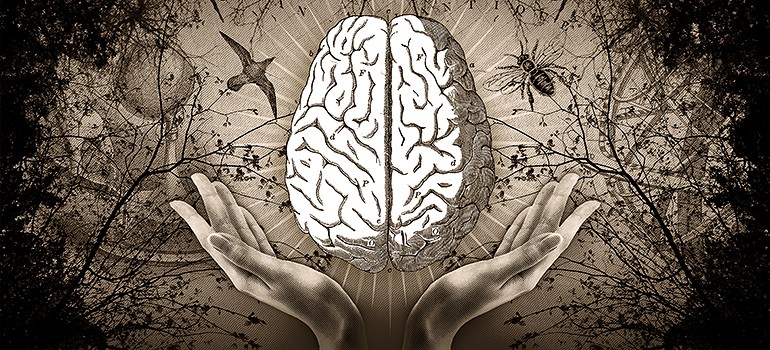For centuries, Gothic fiction has been a popular genre that explores the darker aspects of human nature. From Mary Shelley’s “Frankenstein” to Bram Stoker’s “Dracula,” Gothic literature has been fascinated with themes of madness, death, and horror. But beyond the scares, these stories can also provide valuable insight into mental health and how we cope with our fears.
At its core, Gothic fiction is all about exploring the unknown and the irrational. Many of the characters in these stories can be seen struggling with mental health issues. Through their struggles, we can learn how to face our own fears and develop coping mechanisms to deal with them.
Gothic Fiction and Coping with Mental Illness
The struggling character of Dr. Jekyll in “Strange Case of Dr. Jekyll and Mr. Hyde” can be seen as a metaphor for the struggles of mental illness, where we feel like we are battling against an inner demon that we can’t control. By exploring this theme through fiction, we can better understand our struggles and find ways to cope.
Similarly, in Charlotte Perkins Gilman’s “The Yellow Wallpaper,” the falling of the protagonist into madness can also be seen as a reminder of the significance of taking care of our mental health and not ignoring the warning signs of illness.
Building Resilience and Courage through Gothic Fiction
Of course, not all Gothic fiction deals with mental health issues directly. However, even stories that seem purely escapist can provide us with valuable tools for coping with our fears. For example, the horror genre often uses jump scares and other tactics to create a sense of unease and anxiety in the viewer or reader. Exposing ourselves to controlled doses of fear in a safe environment can build our resilience and learn to handle anxiety better in real life.
Gothic Fiction: A Means of Catharsis
Moreover, Gothic fiction can also be a powerful form of catharsis. When we read or watch a scary story, we experience a range of emotions, from fear to excitement to relief, when the tension is finally released. This emotional rollercoaster can process our fears and anxieties in a controlled setting, allowing us to release pent-up emotions healthily.
In conclusion, Gothic fiction and mental health may seem an unlikely pairing to some, but the two are more connected than we might think. By exploring themes of madness, anxiety, and horror through fiction, we can better understand our mental health and how to better care for it. So the next time you’re in the mood for a scary story, remember that it might be the perfect way to confront your fears and improve your mental health.
The Profitt by K.C. Cherry
Experience Resilience and the Power of Self-Discovery with Celest’s Transformation
The Profitt, a captivating young adult novel, tells the story of Celest, a young girl with extraordinary abilities who struggles to find her place in the world. The novel discovers identity, acceptance, and self-discovery themes, making it the perfect companion to our discussion of Gothic fiction and mental health.
Like many Gothic characters, Celest is alienated from those around her because of her unique gifts. Through her journey of unraveling truths and mysteries, readers can learn valuable lessons about self-acceptance and the importance of embracing our differences.

The novel’s focus on self-discovery and personal growth aligns with the idea that Gothic fiction can be a powerful tool for coping with mental health issues. Celest’s journey can inspire readers to confront their own fears and find ways to embrace their unique identities, no matter how different they may seem from those around them.
If Celest’s character inspires you, dive into her story today and find yourself in the enchanting world of magic and adventure.


